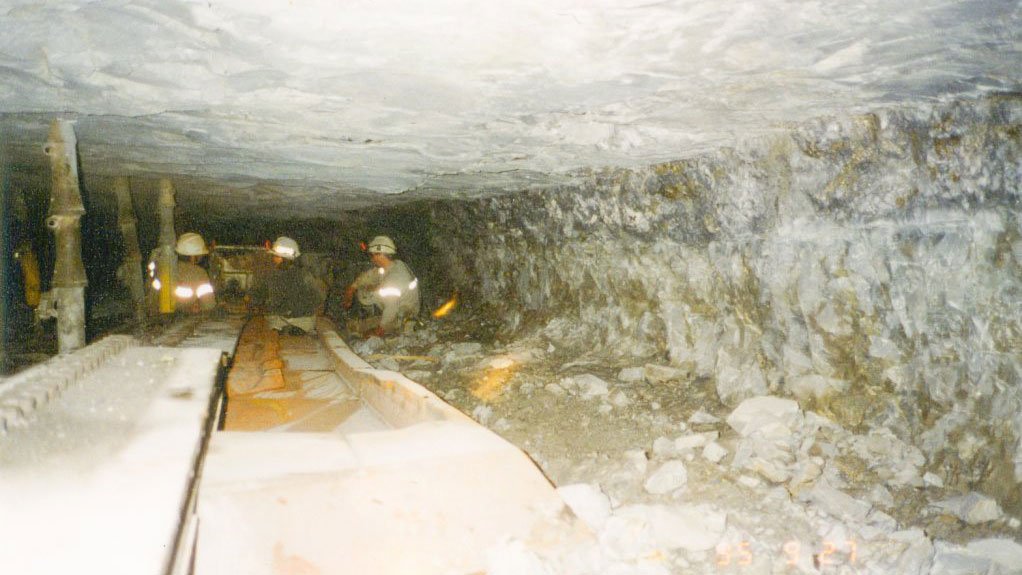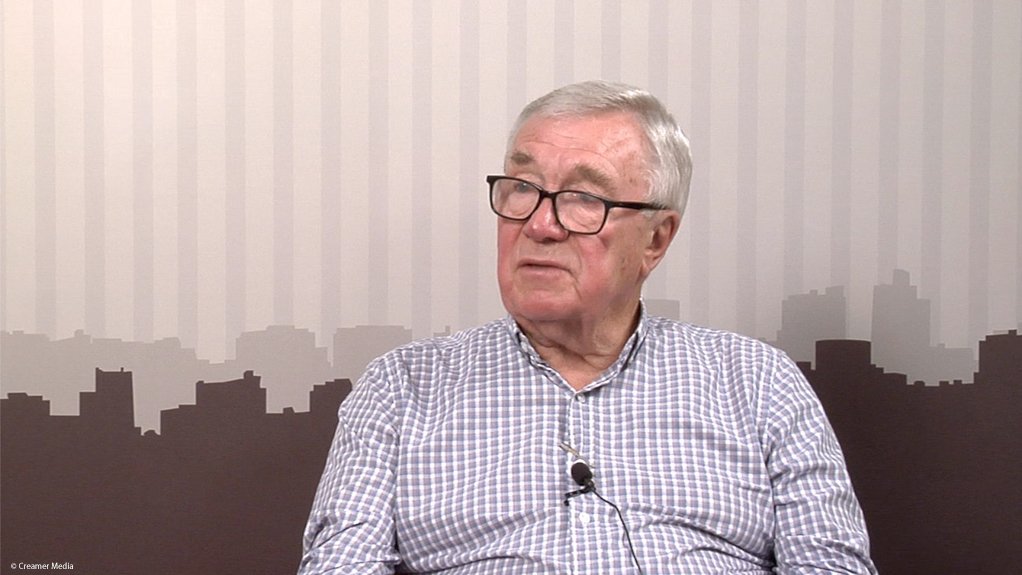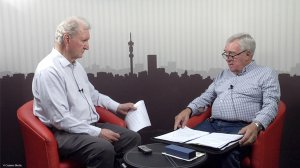JOHANNESBURG (miningweekly.com) – Water power is there for the taking across a broad spectrum of many of South Africa’s hard-rock underground mines.
At a time of high electricity prices, the availability of cooling reservoirs at mining operations presents a chance to harness gravity pressurised water that can be used to energise underground impact rockbreaking machinery, former Gullick South Africa technical manager Terry Hamilton made clear to Mining Weekly in an interview on Tuesday. (Also watch attached Creamer Media video.)
This is because water that is dropped down a column to cool underground mines usually gives rise to the availability of 20 MPa to 25 MPa worth of power at its base.
When hydropower was at an advanced stage of development for South Africa’s gold mining industry in the late 80s and early 90s, the industry was going through a tough time and the research organisation of the day, the Chamber of Mines Research Organisation, or COMRO, ceased to function in the form that it had been for 30-odd years.
Interestingly, a water-powered impact rockbreaking machine, which generated its own footwall by repeatedly cutting that footwall, was developed by COMRO in 1989 for the non-explosive mining of gold-bearing reef in South African gold mines.
Had COMRO continued with its intense hydraulics research through what was such an uncertain time that it merged with the Council for Scientific and Industrial Research, water power could conceivably have been playing a much bigger role in mining than it is now, and would likely be powering non-explosive mining, which enables round-the-clock operation, a major production enhancer.
“It could have doubled production,” Hamilton recalled.
His confidence stems from the fact that the fourth system introduced repeatedly beat the requirements for 300 m2 per single shift month.
“In fact, it peaked at 390 centaires – just for one month, okay, but the average was way above the 300 required, so it was a success,” Hamilton reported while going through a pile of many pictures of rockbreaking water power being brought into play with considerable aplomb.
But as this crucial research and development was being commercialized, COMRO was being dismantled. The gold producers committee funded all the research that was done and Hamilton’s assessment is that “they pulled the plug”.
The book, COMRO’S Legacy, edited by Brian Protheroe, and published by the South African Institute of Mining and Metallurgy as part of a special publications series, highlights how water, which is there, can be an alternative source of power and how hydraulic power can be used for stope machinery.
EMAIL THIS ARTICLE SAVE THIS ARTICLE ARTICLE ENQUIRY
To subscribe email subscriptions@creamermedia.co.za or click here
To advertise email advertising@creamermedia.co.za or click here














